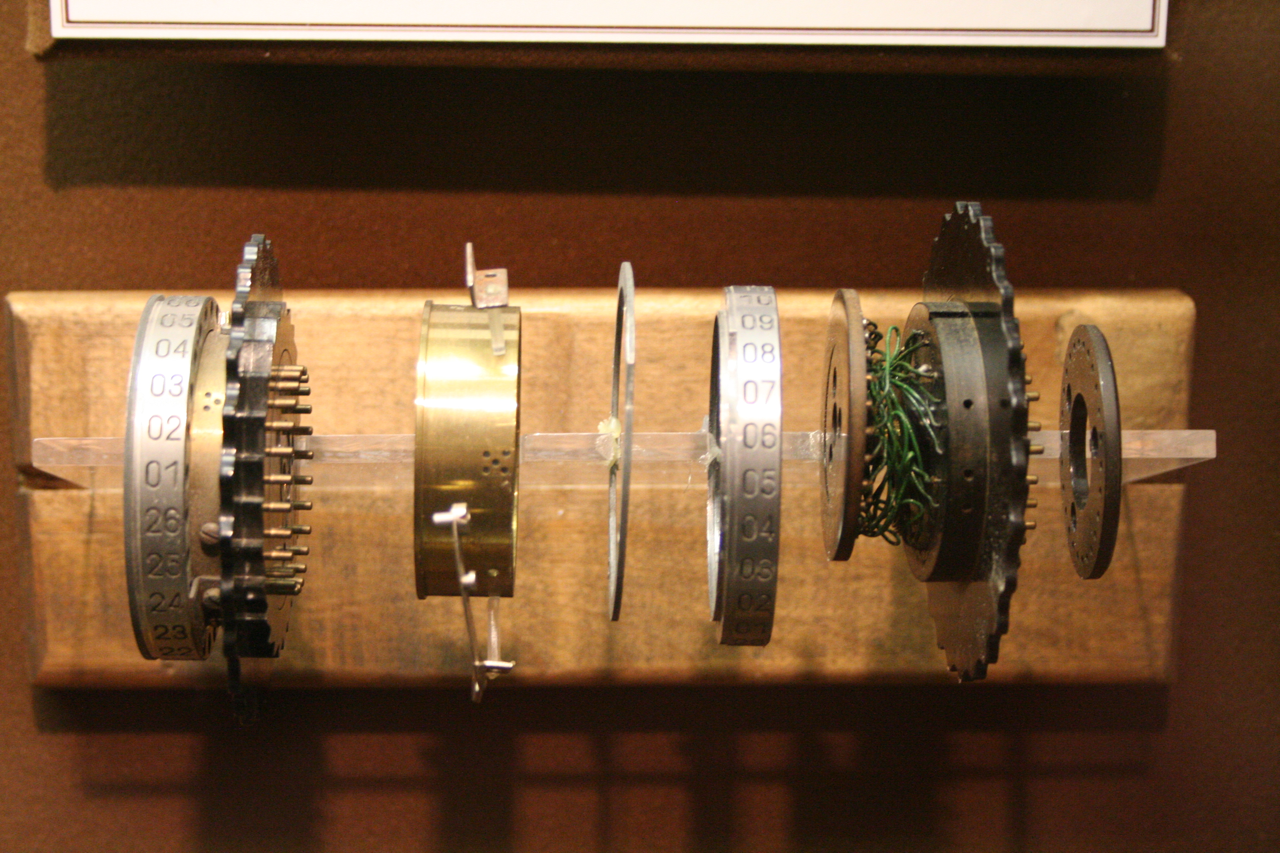131 private links
BLUF is a military communications acronym - it stands for “bottom line up front” - that’s designed to enforce speed and clarity in reports and emails.
Can you spot a fake conference? It seems many researchers can’t. So here are 9 ways to spot a fake.
Summary
- The conference has an overly ambitious title
- The technical programme is broad. Very broad!
- The language on the conference website is… off
- Renowned organisations are sponsoring a low-profile conference
- The organisers’ contact details are missing, or aren’t quite right
- Another conference with a suspiciously similar name already exists
- The conference or its organisers have known associates
- The organisers are charging higher-than-normal fees
- The conference is unusually frequent
A Data Package consists of:
- Metadata that describes the structure and contents of the package
- Resources such as data files that form the contents of the package
- The Data Package metadata is stored in a "descriptor". This descriptor is what makes a collection of data a Data Package. The structure of this descriptor is the main content of the specification below.
In addition to this descriptor a data package will include other resources such as data files. The Data Package specification does NOT impose any requirements on their form or structure and can therefore be used for packaging any kind of data.
The data included in the package may be provided as:
- Files bundled locally with the package descriptor
- Remote resources, referenced by URL
- "Inline" data (see below) which is included directly in the descriptor
An interactive terminal based todo.txt file editor with an interface similar to mutt.
Solitaire in your terminal, powered by Unicode and http://urwid.org.
Kroki provides a unified API with support for BlockDiag (BlockDiag, SeqDiag, ActDiag, NwDiag), C4 (with PlantUML), Ditaa, Erd, GraphViz, Mermaid, Nomnoml, PlantUML, SvgBob and UMLet... and more to come!
pngquant is a command-line utility and a library for lossy compression of PNG images.
The conversion reduces file sizes significantly (often as much as 70%) and preserves full alpha transparency. Generated images are compatible with all web browsers and operating systems.
Writer2LaTeX is a utility that converts documents in OpenDocument format - in particular documents containing formulas - into other formats. It is actually a collection of four converters:
Writer2LaTeX: converts documents into LaTeX 2e format for high quality typesetting.Writer2xhtml: converts documents into XHTML 1.0, XHTML 1.1, XHTML 1.1+MathML 2.0 or HTML5 with CSS2. This provides standards-compliant XHTML and brings your math to the web.Writer2BibTeX: is a companion toWriter2LaTeXthat extracts bibliographic data from a document and stores it in BibTeX format.Calc2xhtml: is a companion toWriter2xhtmlthat converts spreadsheet documents to XHTML 1.0 or XHTML 1.1 with CSS2 to display your spreadsheets on the web.
This is a set of command line utilities for manipulating large tabular data files. Files of numeric and text data commonly found in machine learning, data mining, and similar environments. Filtering, sampling, statistics, joins, and more.
These tools are especially useful when working with large data sets. They run faster than other tools providing similar functionality, often by significant margins. See Performance Studies for comparisons with other tools.
They perform data manipulation and statistical calculations on tab delimited data. They are intended for large files. Larger than ideal for loading entirely in memory in an application like R, but not so big as to necessitate moving to Hadoop or similar distributed compute environments. The features supported are useful both for standalone analysis and for preparing data for use in R, Pandas, and similar toolkits.
From eBay.
AutoOut is an automated outlier detection and treatment tool that allows you to get better models with even better accuracy without writing a single line of code. With it's easy to use and simple interface you can detect and treat outliers in your dataset, that can help improve your final model.
At the heart of decentralized systems today is a demoralizing irony. Vast resources---intellect, equipment, and energy---go into avoiding centralized control and creating "trustless" systems like Bitcoin. But hapless users then defeat the whole purpose of these systems by handing over their private keys to centralized entities like Coinbase.
Would it be nice if there were a truly decentralized system that could do the impossible? I.e.,
- Make key management easier for ordinary users.
- Manage secret keys for transparent objects without secret state, like smart contracts.
- Operate seamlessly when nodes come and go.
Pngquant is a free, open source and cross-platform command-line lossy PNG compressor. It is based on a portable libimagequant library and is written in C99. It reduces the file size significantly by converting the PNG image to more efficient 8-bit PNG format and preserves full alpha transparency. As you may already know, 8-bit PNG files are often 60-80% smaller than 24/32-bit PNG files. The images compressed using Pngquant are fully-compatible with all web browsers and operating systems. Pngquant can compress one or multiple images at once.
A simulated Enigma machine, where the different parts of the machine are beautifully represented with graphics.
The notebook simulates an Enigma Machine and visualizes how it works. The Enigma Machine is an especially neat thing to visualize because it was electromechanical. As you used it, it moved. Instead of circuit traces, it had beautiful real wires connecting its pieces.

Image source: Wikipedia.
CryFS encrypts your Dropbox and protects you against hackers and data leaks. It also works well together with other cloud providers.
At Open Source Technology Summit (OSTS) 2019, Josh Triplett, a Principal Engineer at Intel gave an insight into what Intel is contributing to bring the most loved language, Rust to full parity with C.
These resources will get you started and well on your way to proficiency with Python.
A command-line tool to generate, analyze, convert and manipulate colors.

